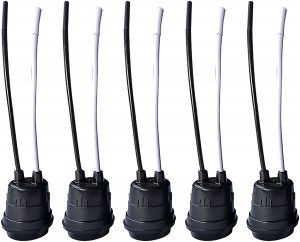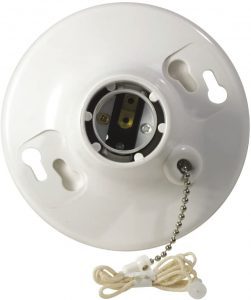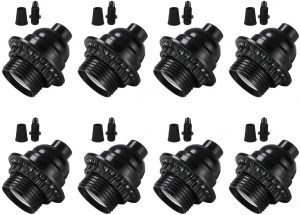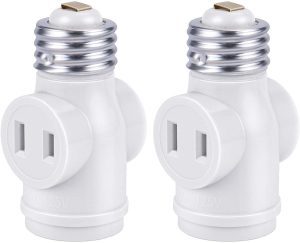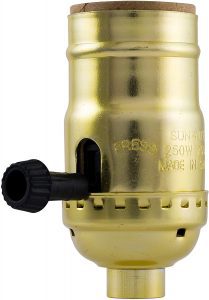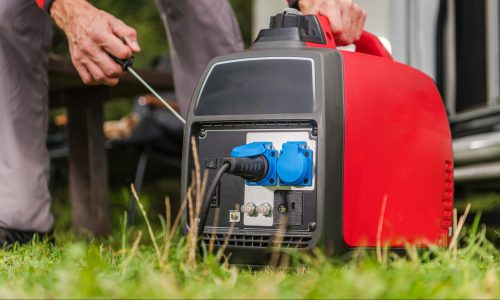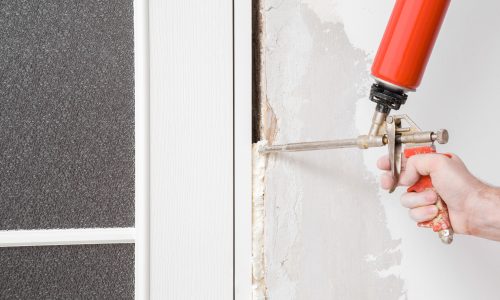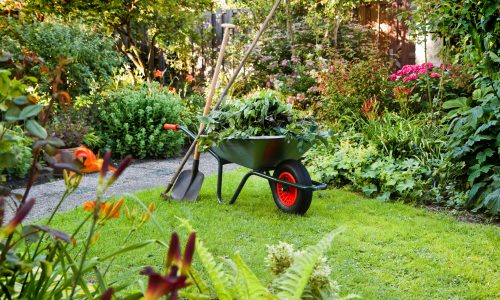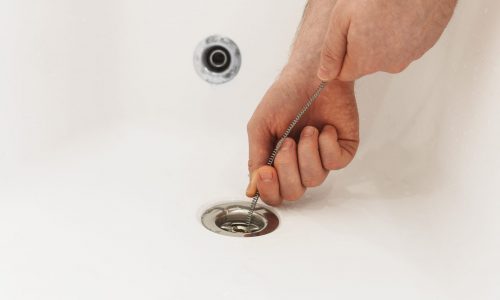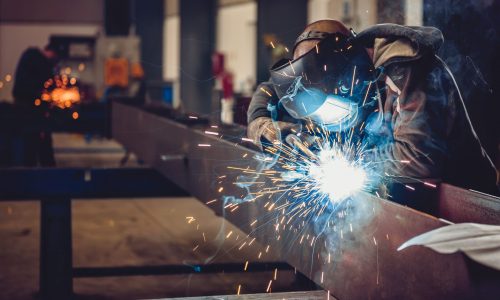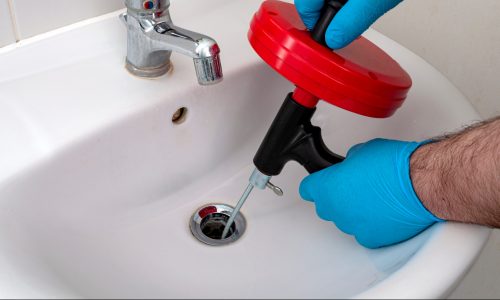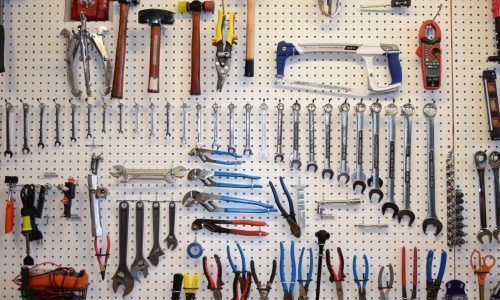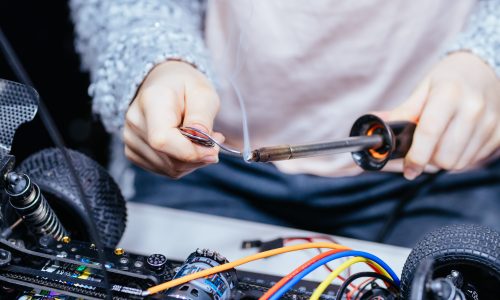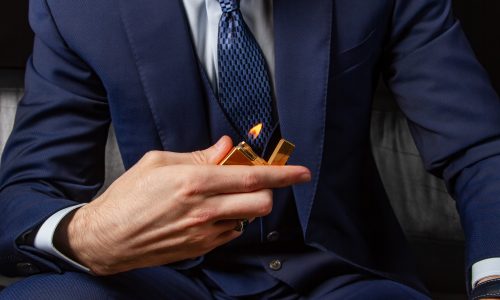The Best Light Sockets
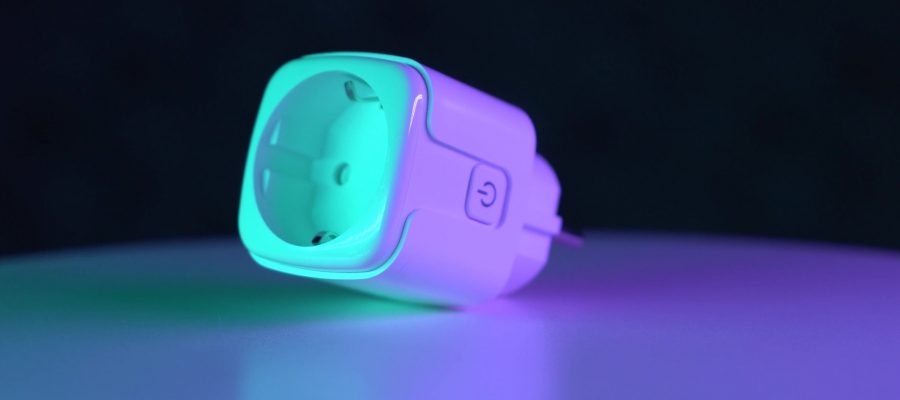
Our Review Process
Don't Waste Your Money is focused on helping you make the best purchasing decision. Our team of experts spends hundreds of hours analyzing, testing, and researching products so you don't have to. Learn more.
Our Picks For The Top Light Socket
These medium copper base sockets sport 5-inch, 14-gauge leads and sturdy weatherproof construction. Their easy wiring and classic look make them perfect for home remodeling or construction site projects. They even work for steampunk looks!
Handy SetGet good, reliable lighting without worrying about weather damage with these light sockets.
This top-wired light socket features a broad base and aluminum socket, as well as pigtail leads. A pull chain makes operation simple and accessible.
Classic Illumination TypeYou can't go wrong with this classic pull-chain light socket.
This classic-looking pendant lamp socket is made from fire- and corrosion-resistant materials. Use it for a variety of incandescent, halogen, LED and CFL fixtures up to 250 watts and 250 volts.
Durable and UsefulThis light socket has your lighting needs covered.
This light socket fits into a standard E26 bulb socket. It features a max wattage of 660 watts over the outlets. Easily plug in and get your space illuminated with this choice.
Helpful OptionAdd versatility anywhere there's a standard light socket with this combination product.
Buying Guide
Light sockets are a basic piece of hardware, yet they come in many variations. With the plethora of light bulb and lighting options available on the market today, finding the right light socket can be difficult — especially with all the additional considerations, such as lead types, extensions and converters.
In order to determine the type of light socket you need, you must first determine the lightbulb’s base and what you intend to use it for. There are two main types of bulbs that are widely available. The most common is a screw. Screw bulbs have threads around their base and are fitted with a classic Edison-style lightbulb. Another common type is the pin, which has two points of contact on its base.
Once you have determined the bulb’s type, measure the threaded base’s diameter (or the distance between the pins) in millimeters. The most common bulb and socket style in the United States is E26 — E as in Edison, and 26 millimeters in diameter.
What to Look For
- Different bases do not alter the wattage, luminance or color temperature of a given bulb. However, pay attention to the bulb’s intended voltage.
- Some sockets are intended for specific applications. Look for these specialty sockets if you’re making a lamp from scratch or repurposing an existing one.
- Light sockets are made from a variety of materials. Make sure the material you choose is appropriate for where you will be mounting the socket.
More to Explore
While we all associate lightbulbs with Thomas Edison, the U.S. Department of Energy explains that the first instance of constant electric light was in England in 1835, over 40 years before Edison’s first patent.
Even back then, incandescent bulbs were recognized as inefficient. Both Edison and Tesla experimented with fluorescent lighting as early as the 1890s.

